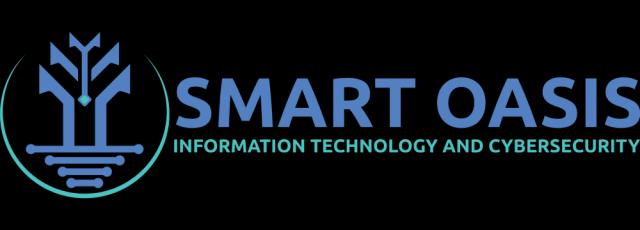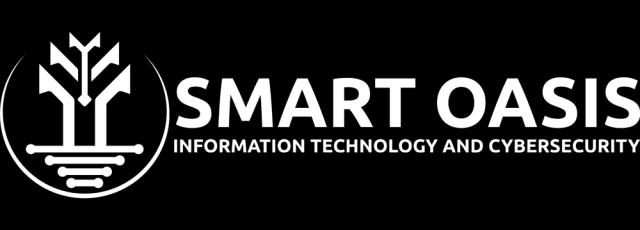
Design and Implementation of Complete Fiber Optic Network Infrastructure for the Factory
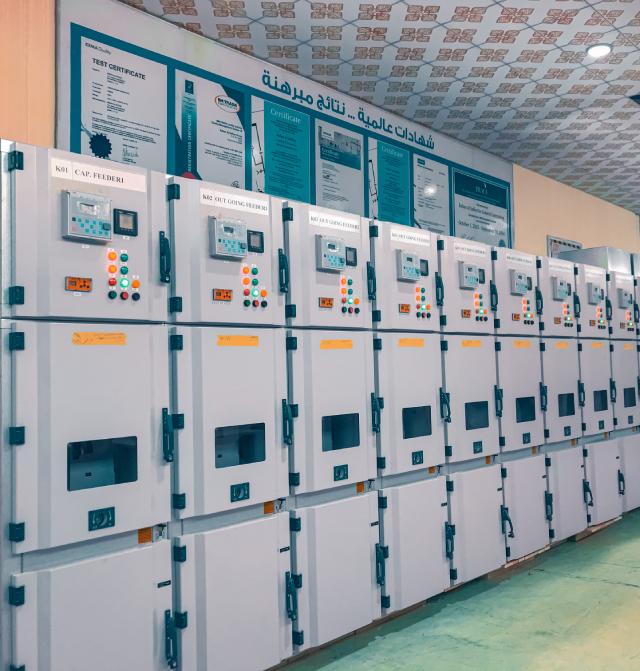
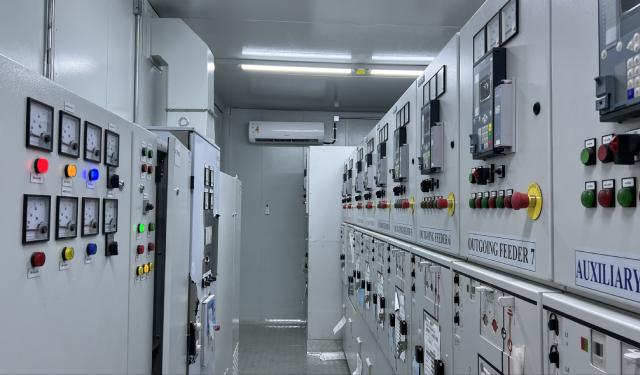
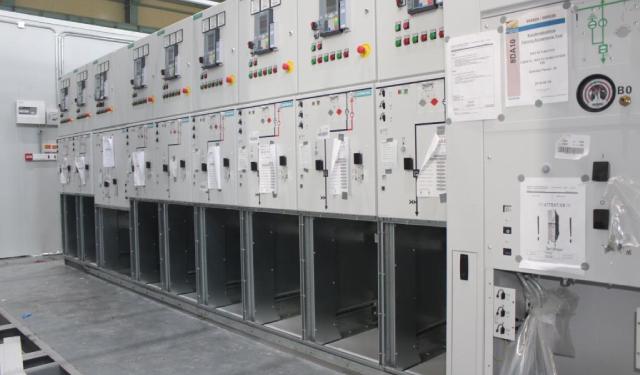
Client
Siemens & Raban Al Safina Factory in Najaf
Duration
1 year
Category
Infrastructure Development
Date
٢٠١٧
Project Summary :
Design and Implementation of complete fiber optic network infrastructure for the factory which involves setting up a robust and reliable communication backbone to support various industrial processes, automation systems, and data transmission needs within the facility.
Project Scope :
1) Site Survey and Planning
1.1 Site Assessment :
Conduct a thorough survey of the factory premises to assess layout, distances, existing infrastructure, and potential obstacles or challenges.
1.2 Requirements Gathering :
Define the factory's communication requirements, including bandwidth needs, network coverage, reliability, scalability, and future expansion plans.
1.3 Network Design :
Develop a network design and topology plan that optimizes fiber optic cable routes, distribution points, and equipment placement to ensure efficient data transmission and minimal signal loss.
2) Fiber Optic Cable Installation
2.1 Cable Selection :
Choose appropriate fiber optic cable types, such as single-mode or multi-mode, based on distance requirements, data rates, and environmental factors.
2.2 Cable Pathway Installation :
Install fiber optic cable pathways, including ducts, conduits, trays, or aerial lines, following industry standards and regulations to protect cables from physical damage and environmental hazards.
2.3 Cable Pulling :
Pull and terminate fiber optic cables along planned routes, ensuring proper cable management, bending radius compliance, and cable splicing or fusion splicing where necessary.
2.4 Testing and Certification :
Conduct cable testing and certification using optical time-domain reflectometers (OTDR) and power meters to verify cable integrity, attenuation levels, and signal quality.
3) Network Equipment Deployment
3.1 Optical Network Terminal (ONT) :
Install ONTs or optical line terminals (OLTs) at endpoints or distribution points to convert optical signals into electrical signals for connection to network devices.
3.2 Switches and Routers :
Deploy fiber optic switches, routers, and media converters to route and manage network traffic, providing connectivity between devices, workstations, servers, and industrial equipment.
3.3 Splitters and Couplers :
Use fiber optic splitters and couplers to divide or combine optical signals for efficient distribution and aggregation of network traffic.
3.4 Fiber Optic Transceivers :
Install fiber optic transceivers or SFP modules in network devices to support fiber optic connectivity and interface with different types of fiber optic cables and connectors.
4) Network Configuration and Integration
4.1 IP Addressing :
Configure IP addressing schemes, subnet masks, and VLANs to segment and manage network traffic effectively, ensuring security and quality of service (QoS) for critical applications.
4.2 Protocol Configuration :
Set up network protocols and standards, such as Ethernet, TCP/IP, and SNMP, to facilitate communication between devices and interoperability with existing factory systems.
5) Security and Redundancy
5.1 Physical Security :
Implement physical security measures to protect fiber optic infrastructure from unauthorized access, tampering, vandalism, and environmental hazards.
5.2 Data Security :
Employ encryption, authentication, and access control mechanisms to secure data transmitted over the fiber optic network and prevent interception or tampering.
5.3 Redundancy :
Design network redundancy and failover mechanisms, such as redundant paths, backup links, and hot standby devices, to ensure high availability and fault tolerance in case of network failures.
6) Monitoring and Management
6.1 Network Monitoring Tools :
Deploy network monitoring and management tools to monitor performance metrics, track bandwidth utilization, detect anomalies, and troubleshoot network issues proactively.
6.2 Remote Management :
Enable remote management and configuration of network devices using centralized management platforms or software-defined networking (SDN) solutions to streamline administration and reduce downtime.
7) Testing and Validation
7.1 Network Testing :
Conduct comprehensive testing of the fiber optic network, including connectivity tests, link verification, throughput testing, and latency measurements, to ensure compliance with performance requirements and specifications.
7.2 Performance Optimization :
Fine-tune network settings, adjust configurations, and optimize performance parameters based on test results and performance analysis to achieve optimal network performance and reliability.
